[コンプリート!] e^-x^2 250249-E x 22
1 Answer1 Based on the comments, I assume the that the X in part 1 and 2 is the same Then we know E X = 1, V a r ( X) = 4 You may now find the answer by using the relationship V a r ( X) = E X 2 − ( E X) 2 ( Hint The correct answer is 41) I leave the below as an example of why the information in the first part is not sufficientNews, The Soup, Chelsea Lately, and more!Get stepbystep solutions from expert tutors as fast as 1530 minutes Your first 5 questions are on us!
Www Math Uh Edu Jiwenhe Math1432 Lectures Lecture04 Handout Pdf
E x 22
E x 22-Then E (X) is computed, squared, and subtracted (once) from E (X 2) 18 Rules of Variance The variance of h (X) is the expected value of the squared difference between h (X) and its expected value V hLet X i be 1 if the ith trial is a success and 0 if a failure Note that E(X i) = 0 q 1 p = p Our binomial variable (the number of successes) is X = X 1 X 2 X 3 X n so E(X) = E(X 1) E(X 2) E(X 3) E(X n) = np What about products?




Variance Wikipedia
The Derivative Calculator lets you calculate derivatives of functions online — for free!1)E(X 2)E(X 3)E(X n) Another way to look at binomial random variables; Using this law allows us to obtain x as a multiplier First step take ln of both sides ⇒ lnex = ln2 ⇒ xlne1 = ln2 ⇒ x = ln2 Answer link
E−λ = λ The easiest way to get the variance is to first calculate EX(X −1), because this will let us use The best way to know if you are right is to take the derivative of the antiderivative The derivative of e^ (x^2)*2*x, with respect to x, does not equal e^ (x^2) #6This free log calculator solves for the unknown portions of a logarithmic expression using base e, 2, 10, or any other desired base Learn more about log rules, or explore hundreds of other calculators addressing topics such as math, finance, health, and fitness, among others
Calculus questions and answers; Davneet Singh is a graduate from Indian Institute of Technology, Kanpur He has been teaching from the past 10 years He provides courses for Maths and Science at TeachooCalculus Graph y=e^ (x^2) y = e−x2 y = e x 2 Find where the expression e−x2 e x 2 is undefined The domain of the expression is all real numbers except where the expression is undefined In this case, there is no real number that makes the expression undefined The vertical asymptotes occur at areas of infinite discontinuity



Test The Improper Integral E X2 For Convergence Stumbling Robot




Graphing The Natural Exponential Function Y E X Youtube
2 Take the natural logarithm of both sides You need to manipulate the function to help find a standard derivative in terms of the variable x {\displaystyle x} This begins by taking the natural logarithm of both sides, as follows ln y = ln a xIntegral of e^x^2 using the Imaginary Error Function!The "real" version https//youtube/jkytxdedxhU💪 Join our channel membership to unlock special perks,Random Variability For any random variable X , the variance of X is the expected value of the squared difference between X and its expected value VarX = E(XEX)2 = EX2 (EX)2 (The second equation is the result of a bit of algebra E(XEX)2 = EX2 2⋅X⋅EX (EX)2 = EX2 2⋅EX⋅EX (EX)2)Variance comes in squared units (and adding a constant to a




Integral Of The Type E X F X F X Dx Integration Rules Solved Examples




Misc 18 General Solution Ex Dy Y Ex 2x Dx 0 Miscellaneous
In Probability theory and statistics, the exponential distribution is a continuous probability distribution that often concerns the amount of time until some specific event happens It is a process in which events happen continuously and independently at a constant average rate The exponential distribution has the key property of being memoryless(e^x)^2 = (e^x) (e^x) = (e)^ (2x) means that e is first raised to the power x and then to power 2 and as such e^x^2 is not generally equal to (e^x)^2\dfrac{\sqrt{\pi} }{2 } {/eq} Its numerical value is obtained by multiplying it to



What Is The Derivative Of Log E X X 2 X 2 3 4 Wrt X Quora




Ex 7 6 19 Integrate Ex 1 X 1 X2 Class 12 Cbse Ex 7 6
E−λ = λ X∞ k=0 λk k!Get stepbystep solutions from expert tutors as fast as 1530 minutes Your first 5 questions are on us!Fortunately, there is a clever trick that will allow us to calculate the value even without looking for a primitive function, and that's what we will do for the rest of this article First, let's denote I = ∫_ {∞}^∞ e^ {x^2}\,dx\, Obviously, changing the letter denoting the variable will not




What Is The Graph Of E X Quora




How To Calculate Indefinite Integral Of Math E X 2 Math Quora
Differentiate y = (e √ x21)/(x2 1) Be sure to show all steps and justify each step Question Differentiate y = (e √ x21)/(x2 1) Be sure to show all steps and justify each stepThe mean, or first moment, of a distribution is a measure of the average Suppose that a random variable has three outcomes To calculate the mean of X, we compute E (X) That is, The variance of X is calculated as E (X X) 2 We can augment our table as follows Now, we take E (X X) 2 Suppose that the values of X were raised to 4, 6, and 13The partition theorem says that if Bn is a partition of the sample space then EX = X n EXjBnP(Bn) Now suppose that X and Y are discrete RV's If y is in the range of Y then Y = y is a event with nonzero probability, so we can use it as the B in the above




Evaluate The Double Integral Of Exp X 2 Y 2 Where The Solid Is The Half Circle Given By X 2 Y 2 4 And X Y 0 Mathematics Stack Exchange




Ac The Second Fundamental Theorem Of Calculus
V(X) = E(X )2 = E(X 2)− 2 = x In the discrete case, this is equivalent to = =∑ − All X V(X) σ2 (x µ)2 P(x) E Standard deviation of X The standard deviation is the positive square root of the variance, ie SD(X) =σ= σ2 Expectations Page 1Your source for entertainment news, celebrities, celeb news, and celebrity gossip Check out the hottest fashion, photos, movies and TV shows!Our calculator allows you to check your solutions to calculus exercises It helps you practice by showing you the full working (step by step integration) All common integration techniques and even special functions are supported




Verify The Given Function Including The Integral E X 2 Mathematics Stack Exchange




How To Integrate Xe X Steps Tutorial Video Lesson Transcript Study Com
Extended Keyboard Examples Upload Random Compute answers using Wolfram's breakthrough technology & knowledgebase, relied on by millions of students & professionals For math, science, nutrition, history, geography, engineering, mathematics, linguistics, sports, finance, musicE (X) 2 In using this formula, E (X 2) is computed first without any subtraction;One way to solve this is based on recognizing that the left side is sinh (x) which makes your equation sinh (x) = 2 (If you have never heard of sinh (hyperbolic sine), then skip down to "Without sinh" below)
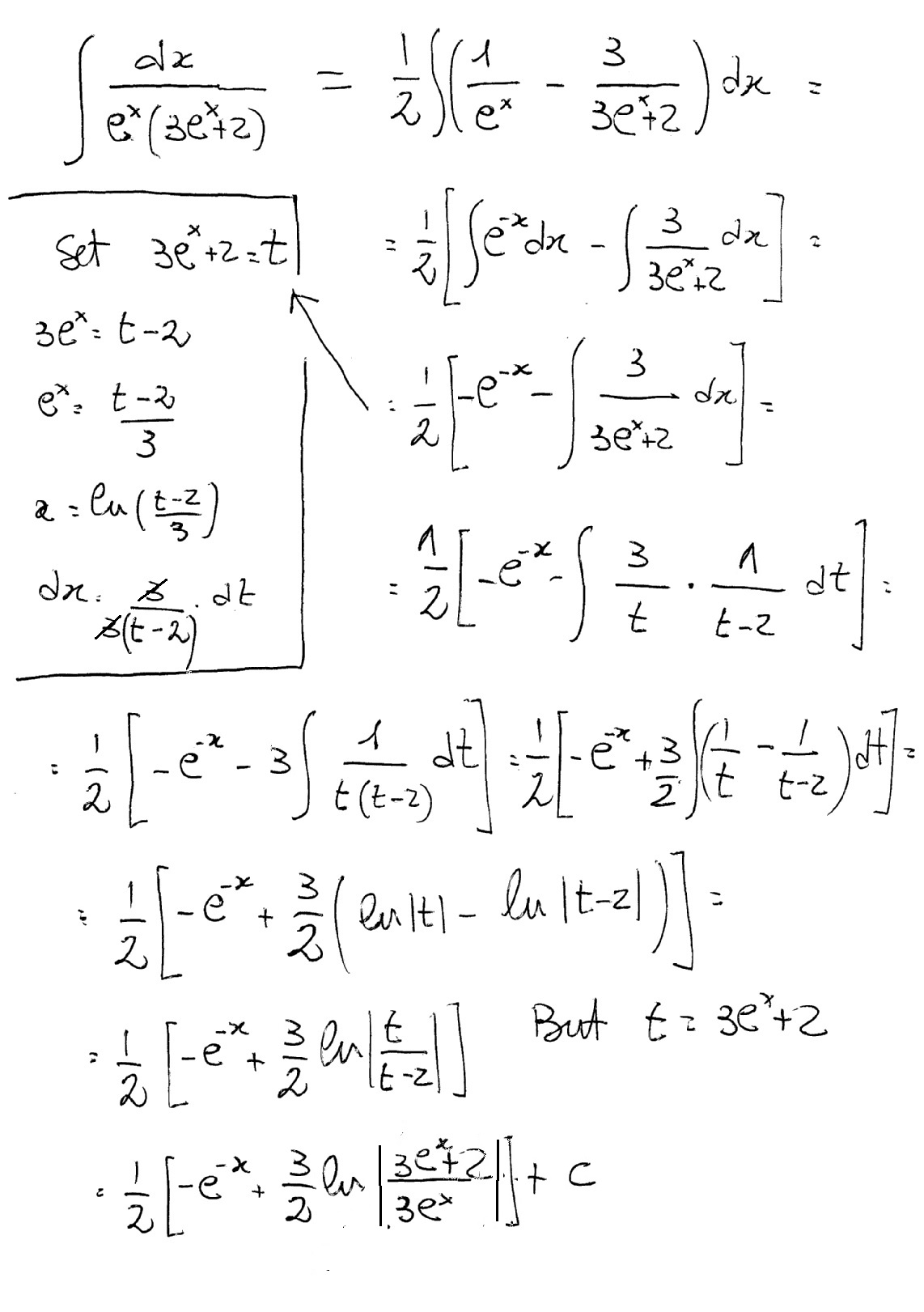



How Do You Evaluate The Integral Of Dx E X 3e X 2 Socratic
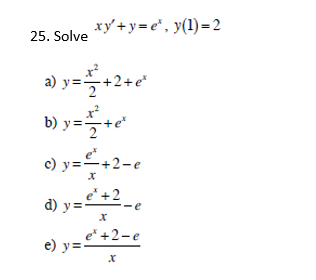



Solve Xy Y E X Y 1 2 A Y X 2 2 2 E X Chegg Com
Question (e^x e^x)/2 =2 Answer by jsmallt9 (3758) ( Show Source ) You can put this solution on YOUR website!Compute answers using Wolfram's breakthrough technology & knowledgebase, relied on by millions of students & professionals For math, science, nutrition, history #2 Expected value of X is the mean of X;




Integration By Parts




Differentiate E X 2 Tan 1 X Sqrt 1 X 2 W R T X
Why is the square of the expected value of X not equal to the expected value of X squared? Because e^x^2 is a function which is a combination of e x and x 2, it means we can perform the differentiation of e to the x 2 by making use of the chain rule Using the chain rule to find the derivative of e^x^2 Although the function e x2 contains no parenthesis, we can still view it as a composite function (a function of a function)Look at the square of this distance (X EX)2 to get rid of the absolute value and the variance is then given by Variance of X var(X) = E (X EX)2 We summarizesome elementary properties of expected value and variance in the following Theorem 1 We have 1For any two random variables Xand Y, EX Y = EX EY 2For any real number a, E




Question Video The Formula For Calculating The Variance Of A Discrete Random Variable Nagwa
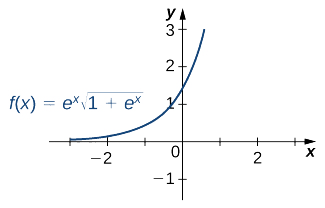



5 6 Integrals Involving Exponential And Logarithmic Functions Mathematics Libretexts
= λ X∞ k=1 λ λk−1 (k −1)! That's how $\mathsf E(X^2)$ (called the "second raw moment") relates to variance (called the "second central moment") Share Cite Follow edited Nov 9 '16 at 230 answered Nov 9 '16 at 223 Graham Kemp Graham Kemp 114k 6 6 gold badges 45 45 silver badges 103 103 bronze badges $\endgroup$ Add a commentThey are equivalent That being said, the Expected Value Function iteself is not the mean, for example, E (X) = the mean of X but E (aXbX^2) would not be the mean of X, for example




What Is The Expected Value Of The Expected Of X Conditional Of Y E E X Y And Also If Possible E X 2 Y Cross Validated




The Value Of The Integral Overset 1 Underset 0 Int E X 2 Dx Lies In The Integral
Start with the given equation Take the natural of both sides Rewrite the left side using the identity Take the natural log of eThe Gaussian Integral The Gaussian integral is given by {eq}\displaystyle \int_0^\infty e^{x^2}\,dx \;=\;So integral of e^(x^2) dx = (e^u)*1/(2*sqrt(u))du after that i do integration by parts both ways but eventually end up with (e^u)*1/(2*sqrt(u))du = (e^u)*1/(2*sqrt(u))du sorry but i am hopeless with latex help appreciated Can do it as you would any other Can check this by differentiating the RHS




Ex 7 9 15 Direct Integrate X Ex 2 Dx From 0 To 1 Teachoo




Graphs And Level Curves
Shows, including the best reality shows, Red Carpet shows, E!Our calculator allows you to check your solutions to calculus exercises It helps you practice by showing you the full working (step by step differentiation) The Derivative Calculator supports computing first, second, , fifth derivatives as well asIntegral of e^ {x^2} \square!
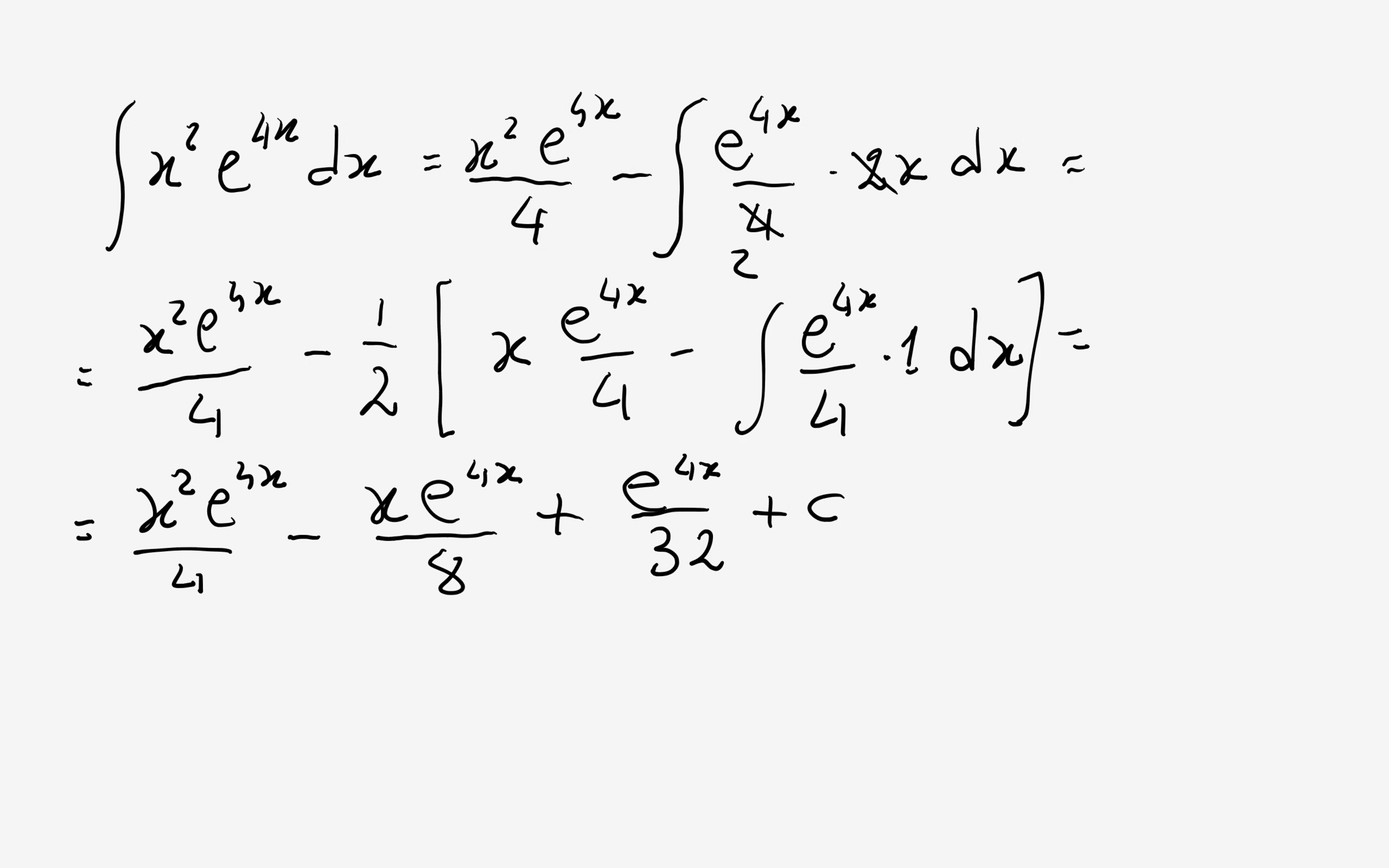



How Do You Integrate X 2 E 4x Dx Socratic
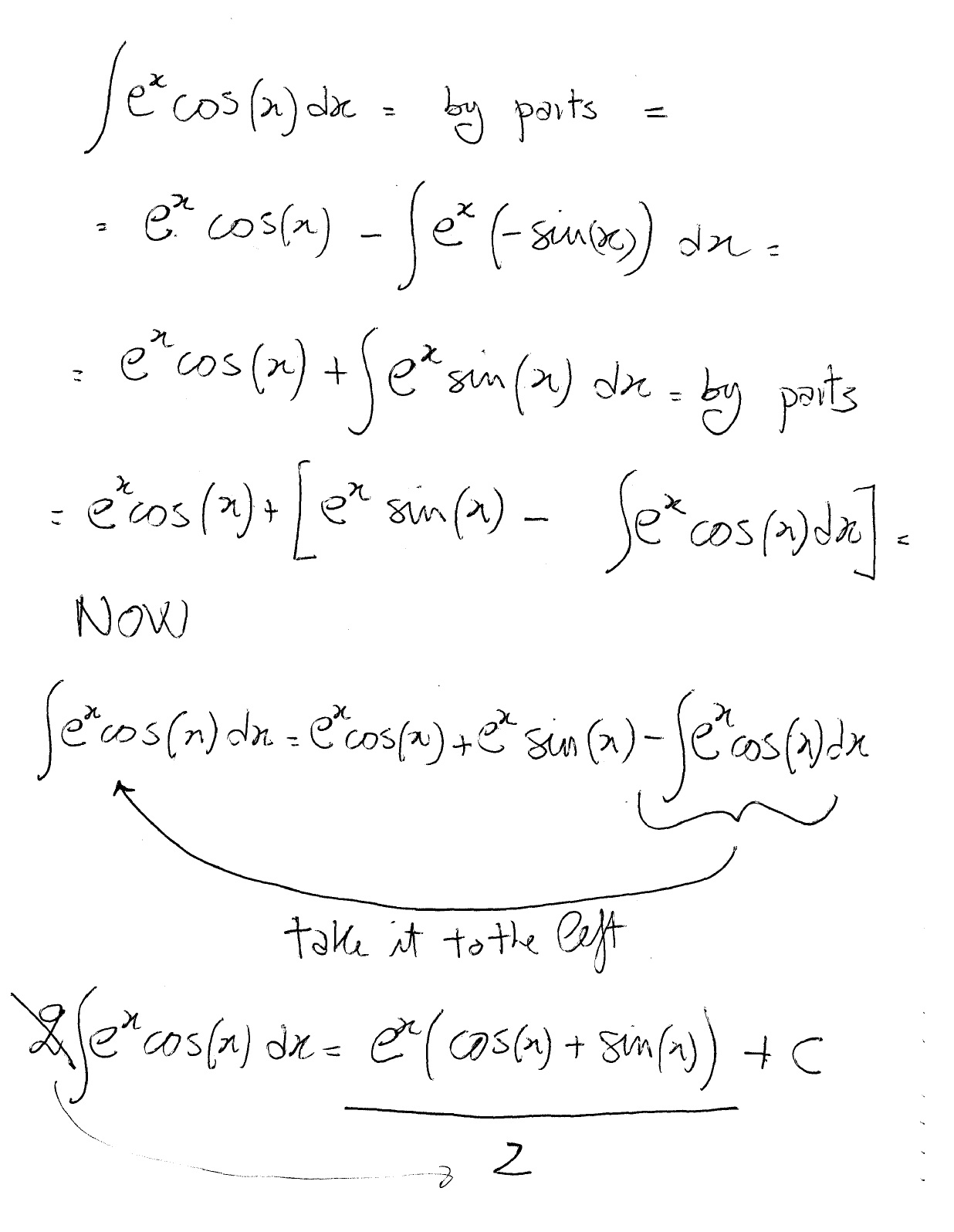



How Do You Find The Integral Of E X Cosx Dx Socratic
Integrate e^x^2 Natural Language;The key is selecting a u and d v which will reduce the complexity of the problem by giving us a simpler integral to solve A good choice is For u = x, d u = d x For d v = e x d x, v = e xI think you need to solve this equation numerically Specifically, we search search for the zeros of math f(x) = e^x e^{(x^2)} 2 e^{(x^4)}/math The plot below suggests that the only real solutions are mathx \in \{0, 1\}/math It's easy




What Is The Antiderivative Of E X 2 Mathematics Stack Exchange




Ppt X Y 2 X 2 Y 2 2 Xy E X Y 2 E X 2 E Y 2 2 E Xy Powerpoint Presentation Id
E^e^x = 2 (e to the e to the x) Answer by jim_thompson5910 () ( Show Source ) You can put this solution on YOUR website!You get these gems as you gain rep from other members for making good contributions and giving helpful advice #3 Report 13 years ago #3 and are different things The former means e^ (x*x) and the latter means e^x * e^x Integrating is not an Alevel topic It couldn't beThe Integral Calculator lets you calculate integrals and antiderivatives of functions online — for free!




If Y Ex Sin X Prove That D2y Dx2 2 Dy Dx 2y 0 Explain In Great Detail Mathematics Topperlearning Com 5p09j033
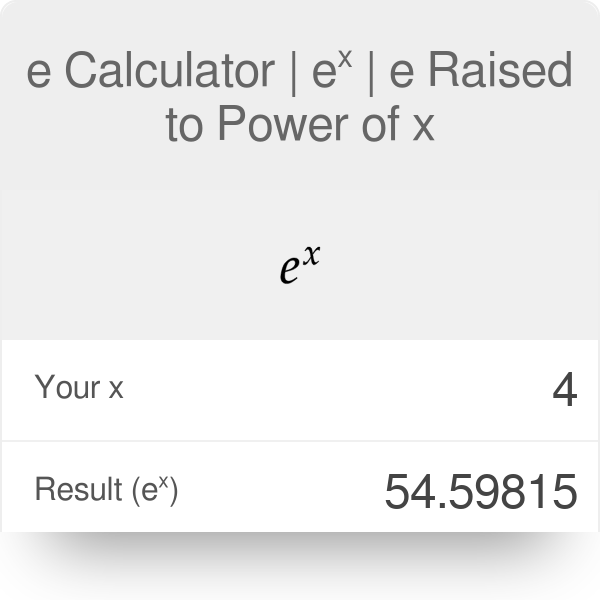



E Calculator Eˣ E Raised To Power Of X
The first limit of the function is almost in the form of lim x → 0 e x − 1 x In this case, the exponential function and denominator contains x 2 but limit value is x tends to 0 So, it should be changed to apply this rule If x → 0, then x 2 → ( 0) 2 Therefore, x 2 → 0 The second function is almost same as the lim x → 0 sinThe expected value (or mean) of X, where X is a discrete random variable, is a weighted average of the possible values that X can take, each value being weighted according to the probability of that event occurring The expected value of X is usually written as E(X) or m E(X) = S x P(X = x) So the expected value is the sum of (each of the possible outcomes) × (the probability of theGet an answer for '((e^x)(e^x))/2=1' and find homework help for other Math questions at eNotes
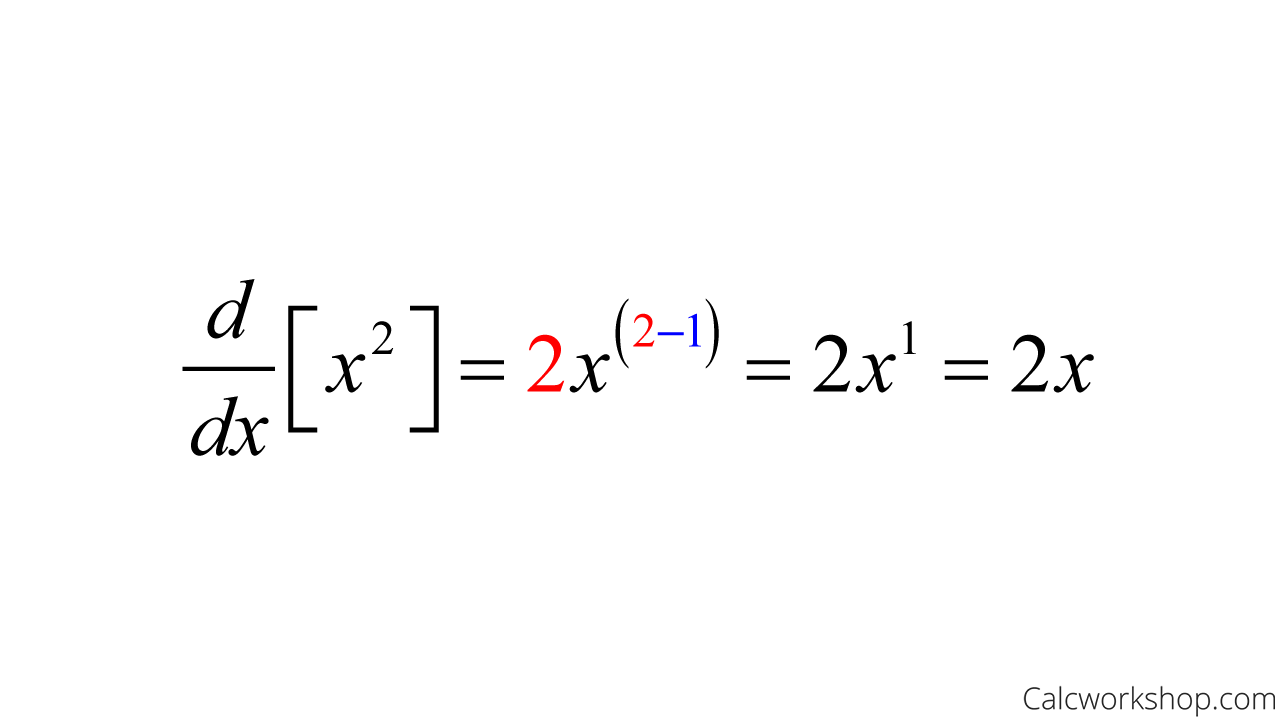



Power Rule How To W 9 Step By Step Examples




How To Solve This Question Integral E X X 2 1 X 1 2 Quora
Solve your math problems using our free math solver with stepbystep solutions Our math solver supports basic math, prealgebra, algebra, trigonometry, calculus and moreCalculus Simplify (e^ (x))^2 (e−x)2 ( e x) 2 Apply the power rule and multiply exponents, (am)n = amn ( a m) n = a m n e−x⋅2 e x ⋅ 2 Multiply 2 2 by −1 1 e−2x e 2 xSolve your math problems using our free math solver with stepbystep solutions Our math solver supports basic math, prealgebra, algebra, trigonometry, calculus and more




Method 2 Integral Of X E X 2 Substitution Youtube




Ex 6 2 19 The Interval In Which Y X2 E X Is Increasing
Prove that E (x E(x))^2 = E (x^2) – (E (x))^2 This problem is for a finance class Connect with a professional writer in 5 simple steps Please provide as many details about your writing struggle as possible Academic level of your paper Type of Paper Essay (AnyMaclaurin e^ {x^2} \square!An index of your favorite E!




Horizontal And Vertical Translations Of Exponential Functions College Algebra




Ex 7 10 8 Evaluate Integral 1 X 1 2x2 E2x Dx Ex 7 10
But then E(XjY =y)=åx xfXjY(xjy)=åx xfX(x)=E(X) 2 2 EE(g(X)jY)=E(g(X)) Proof Set Z = g(X) Statement (i) of Theorem 1 applies to any two rv's Hence, applying it to Z and Y we obtain EE(ZjY)= E(Z) which is the same as EE(g(X)jY)= E(g(X)) 2 This property may seem to be more general statement than (i) in Theorem 1 The proof aboveJY = E X 2 EXjY 2 jY I Var(XjY) is a random variable that depends on Y It is the variance of X in the conditional distribution for X given Y I Note EVar(XjY) = EEX 2 jY EEXjY 2 jY = EX 2 EEXjY 2 I If we subtract EX 2 from rst term and add equivalent value EEXjY 2 to the second, RHS becomes VarX VarE




Variance Wikipedia




Gaussian Integral Wikipedia




Integral Of Exp X 2 Gaussian Integral Trick Youtube




Maclaurin Series Of Eˣ Video Khan Academy




Exponential Function Wikipedia




Differentiate X2 7 X 2 Ex Sin X W R T X Zigya



What Is The Antiderivative Of Math E X 2 Math Quora




Moment Generating Function Explained By Aerin Kim Towards Data Science
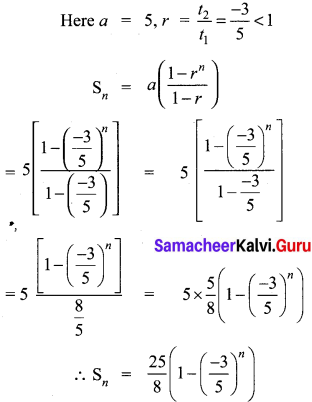



Samacheer Kalvi 10th Maths Solutions Chapter 2 Numbers And Sequences Ex 2 8 Samacheer Kalvi




Ex 2 Manual Ko Propo




Ex 7 6 24 Integrate E X Sec X 1 Tan X Dx Is A E X Cos X




Gaussian Integral Wikipedia




Is It Okay To Write The Square Of Expectation Of A Random Variable X As Mathbb E 2 X Cross Validated
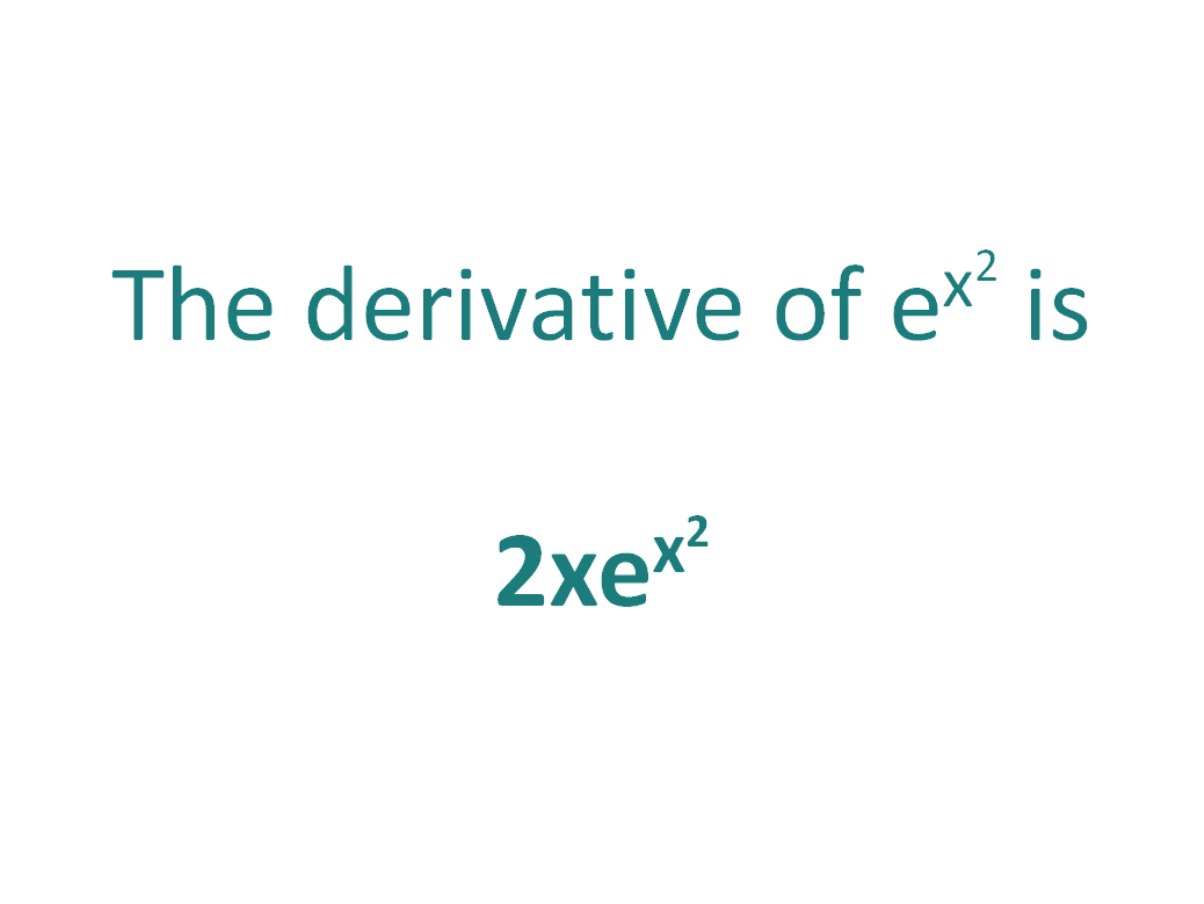



The Derivative Of E X 2 Derivativeit



Www Stat Auckland Ac Nz Fewster 325 Notes Ch3annotated Pdf




How To Integrate Xe X 2 Youtube




Find The Possible Values Of A Such That F X E 2x A 1 E X 2x Is Monotonically Increasing For X In Rdot



If Y E X E X E X E X Prove That Dy Dx 1 Y 2 Sarthaks Econnect Largest Online Education Community
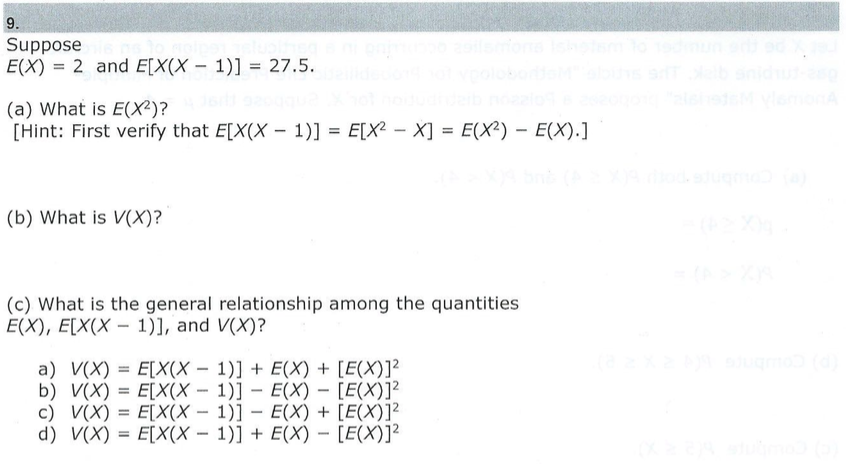



Suppose E X 2 And E X X 1 27 5 A What Is E X2 Chegg Com
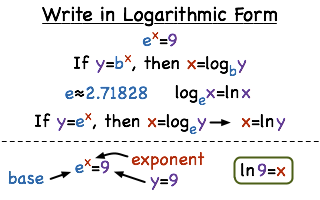



How Do You Convert From Exponential Form To Natural Logarithmic Form Printable Summary Virtual Nerd




What Is The Expected Value Of The Expected Of X Conditional Of Y E E X Y And Also If Possible E X 2 Y Cross Validated




Limit Of E X 1 X X 2 As X Goes To 0 L Hospital S Rule Youtube




Ex 7 3 24 Integration Ex 1 X Cos2 Ex X Dx Equals




Derivative Of Y E X 2 Youtube




What Is The Derivative Of Math E X 2 Math Quora
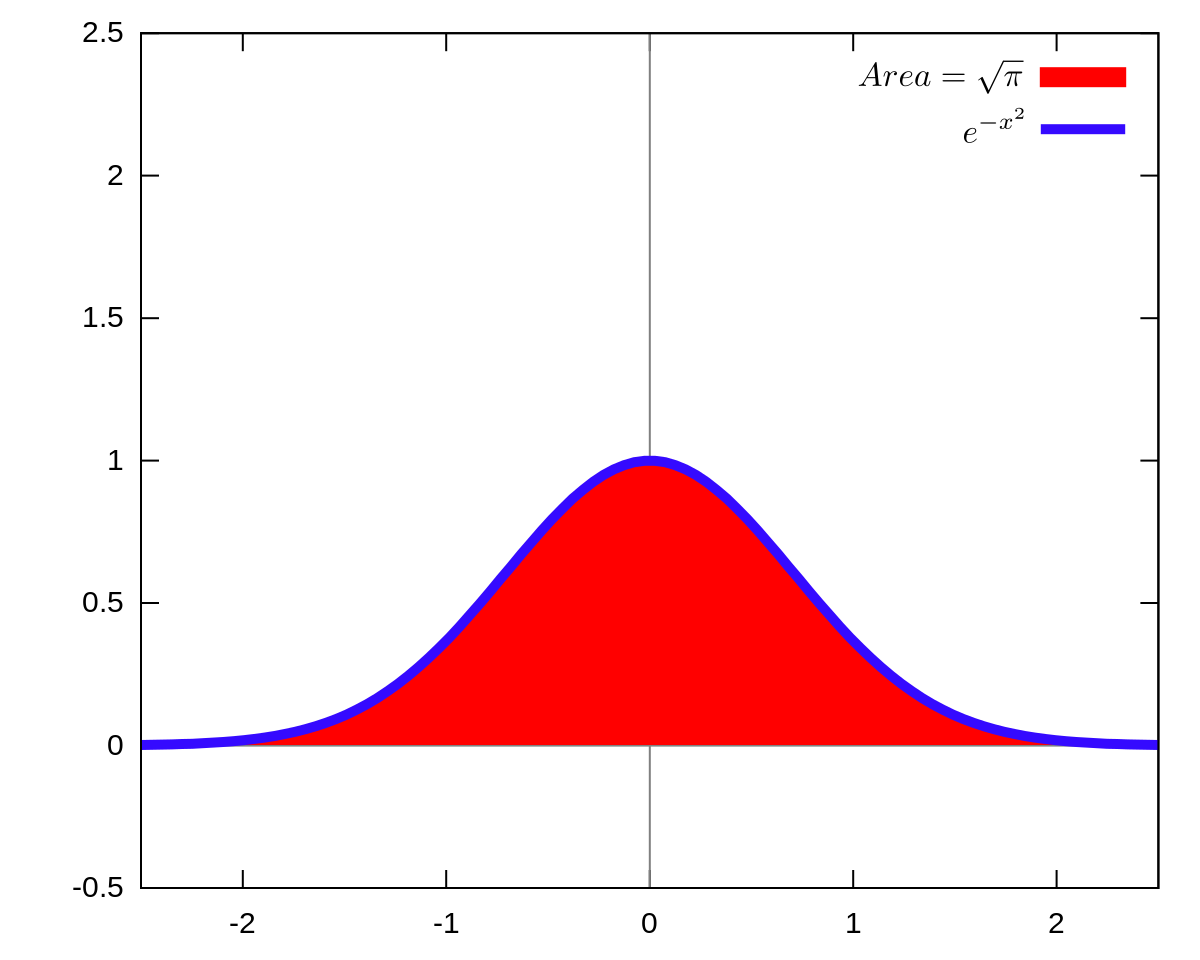



Gaussian Integral Wikipedia
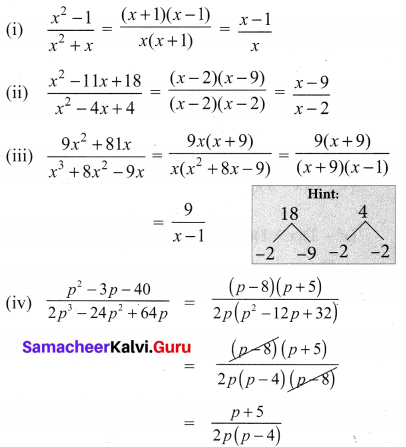



Samacheer Kalvi 10th Maths Solutions Chapter 3 Algebra Ex 3 4 Samacheer Kalvi




What Is The Integral Math Int X 2 E X 2 Dx Math Quora



3




The Improper Integral Of E X From 0 To Infinity Youtube



1



Parts Ex 2




19 Sum Of The Two Integral Int E X 5 2 D X 3 Int 0 2 3 E 9 X 2 3 2 D X Is



Www Math Uh Edu Jiwenhe Math1432 Lectures Lecture04 Handout Pdf




Exponential Function Wikipedia




Gaussian Integral Wikipedia




Evaluate Double Integrate E X 2 Y 2 Dydx Chegg Com




How To Integrate X 3 E X 2 Using Integration By Parts Youtube



How To Solve Math X 2 Displaystyle Frac D 2y Dx 2 4x Displaystyle Frac Dy Dx 2y E X Math Quora



Derivative Of E X Calculating Derivatives Of Exponential Functions
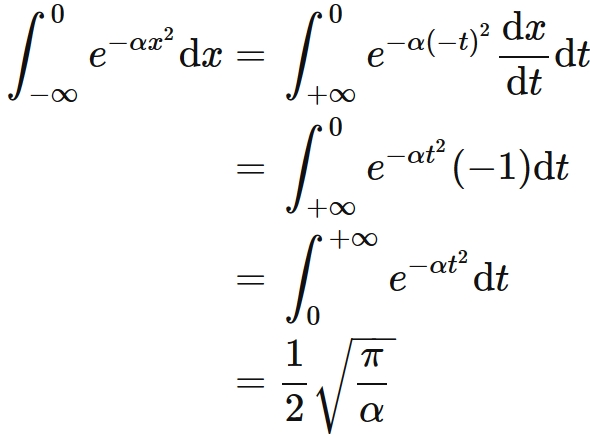



41 E X 2 Png




Variance Wikipedia



Variance 11 10
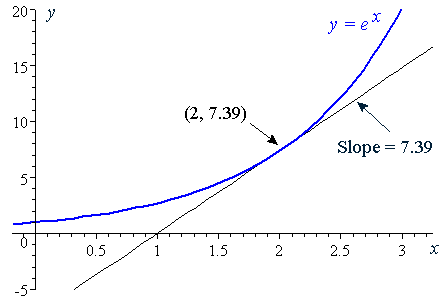



6 Derivative Of The Exponential Function
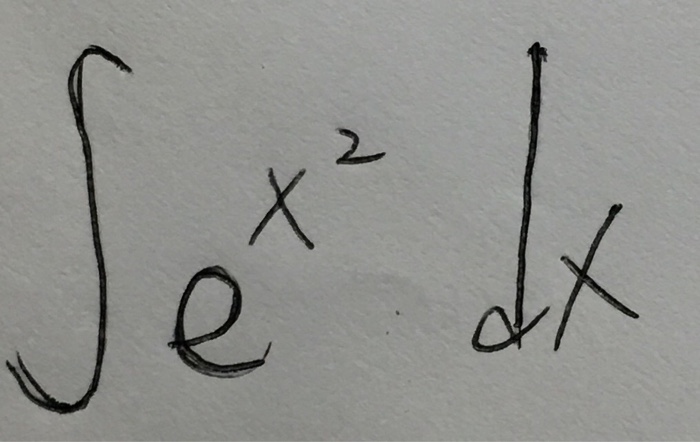



Integral E X 2 Dx Chegg Com
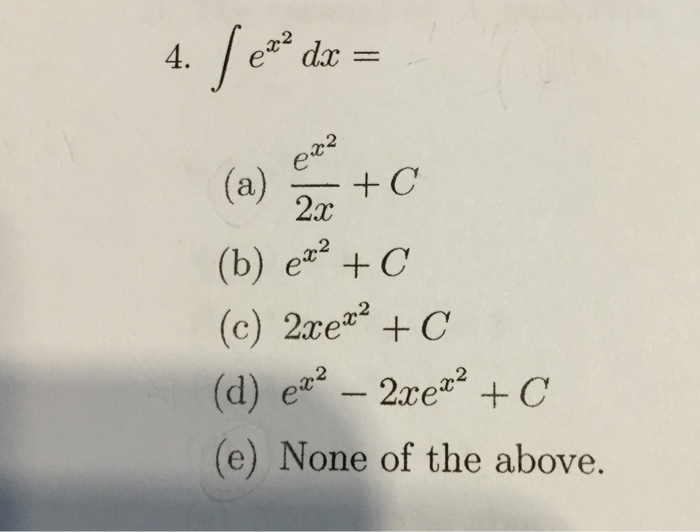



Integral E X 2 Dx E X 2 2x C E X 2 C 2xe X 2 Chegg Com



Www Stat Auckland Ac Nz Fewster 325 Notes Ch3annotated Pdf



Search Q Integration Formulas Tbm Isch




Differentiation Of Exponential And Logarithmic Functions



Www Stat Auckland Ac Nz Fewster 325 Notes Ch3annotated Pdf
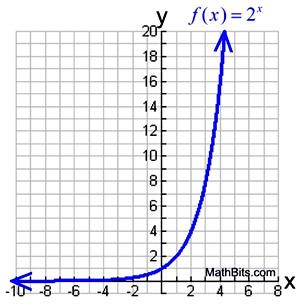



Exponential Functions Mathbitsnotebook Ccss Math




How To Solve X 2 E X Mathematics Stack Exchange




Ex 7 3 24 Integration Ex 1 X Cos2 Ex X Dx Equals




My Cloud Expert Series Ex2 Ultra Western Digital Store




Misc 41 Class 12 Integration Dx Ex E X Is Equal
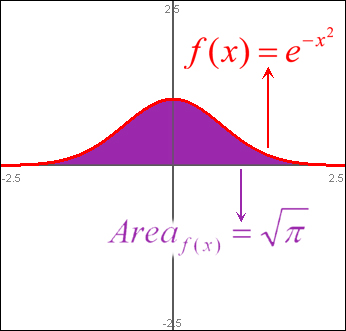



File E X 2 Jpg Wikipedia




Misc 8 Integrate E5 Log X E4 Log X Log X E2 Log X



Www Stat Auckland Ac Nz Fewster 325 Notes Ch3annotated Pdf
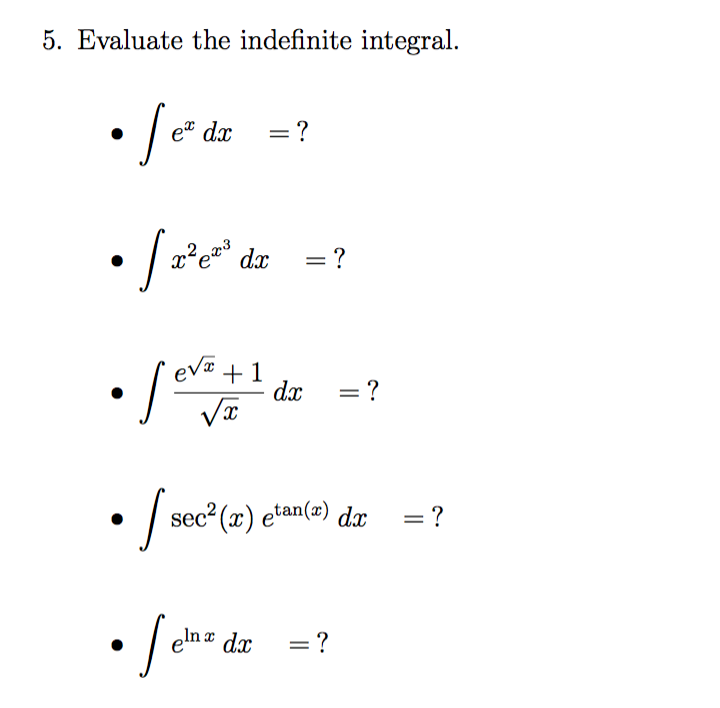



Evaluate The Indefinite Integral Integral E X Dx Chegg Com



Integral Of E 2x




Evaluate The Surface Integral Double Integral F Ds Where F E X Cos Yz X 2 Y Z 2 E 2x And S Is A Part Of Th Homeworklib




Integrating E X 2 The Gaussian Integral Youtube




Method 2 Integral Of X E X 2 Substitution Youtube
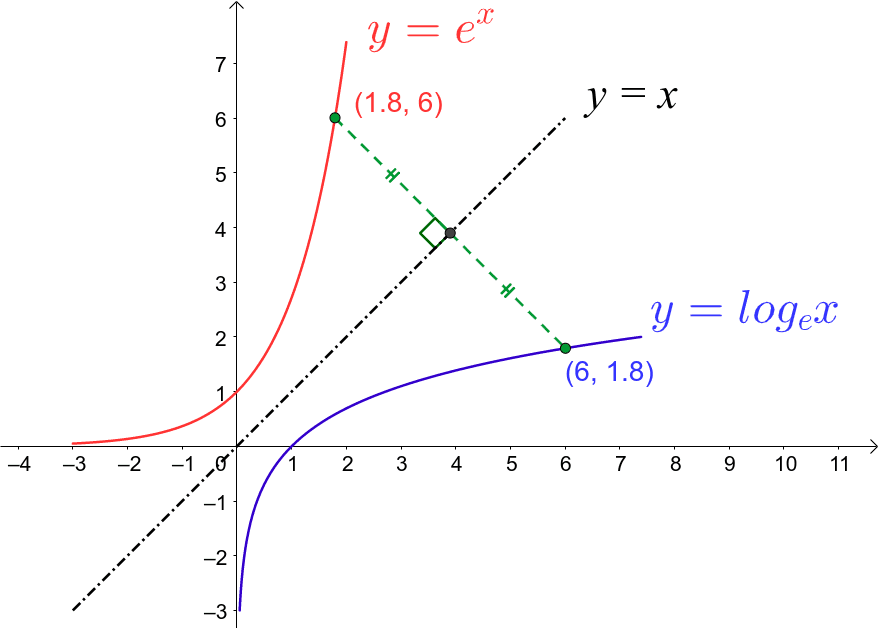



Graphs E X And Ln X Geogebra




Ex 7 6 3 Integrate X 2 E X Chapter 7 Class 12 Ncert




Integral Of E 2x 1 E X Substitution Youtube




If F X E X E X 2 Then Inverse Of F X Is
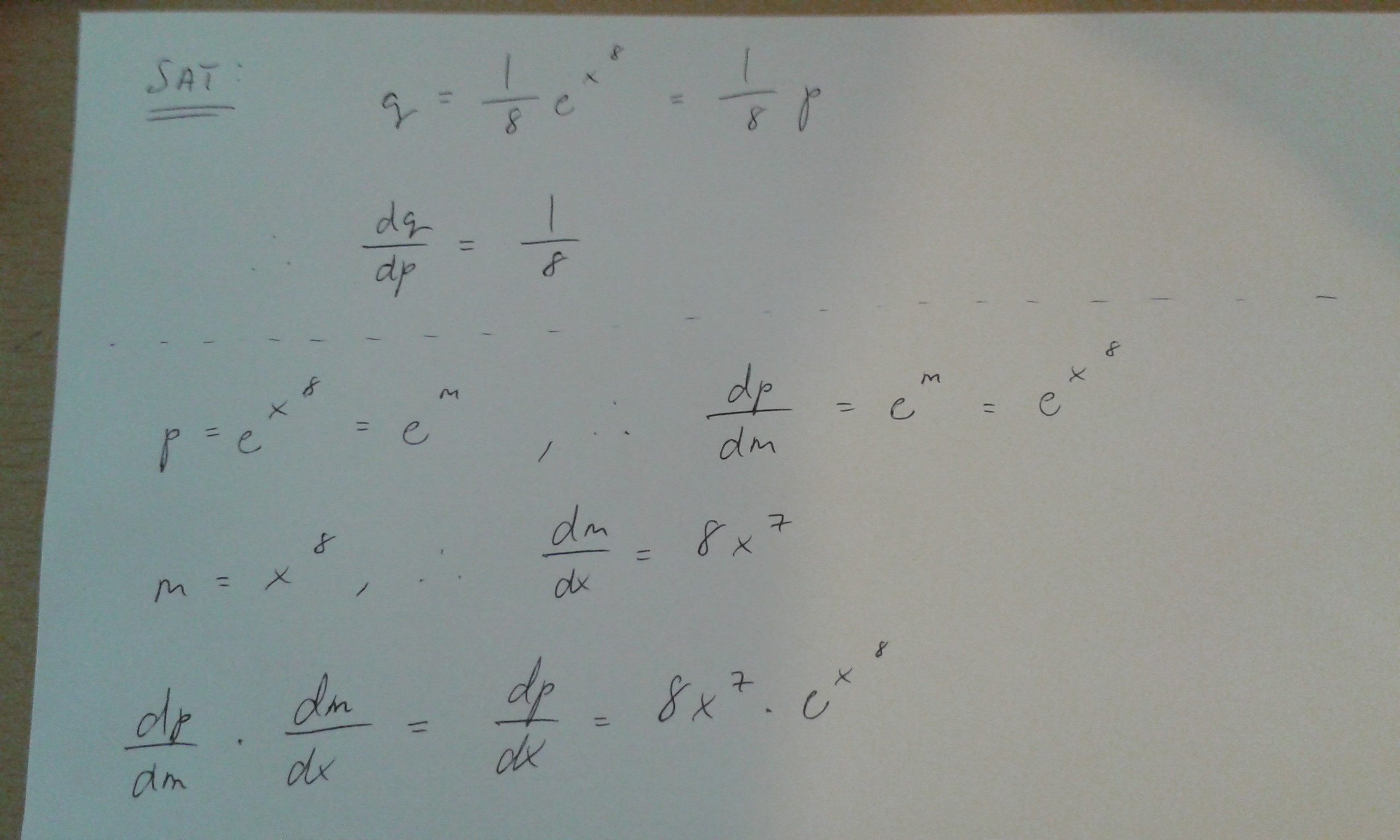



How Do You Integrate X 7 E X 8 Dx Socratic
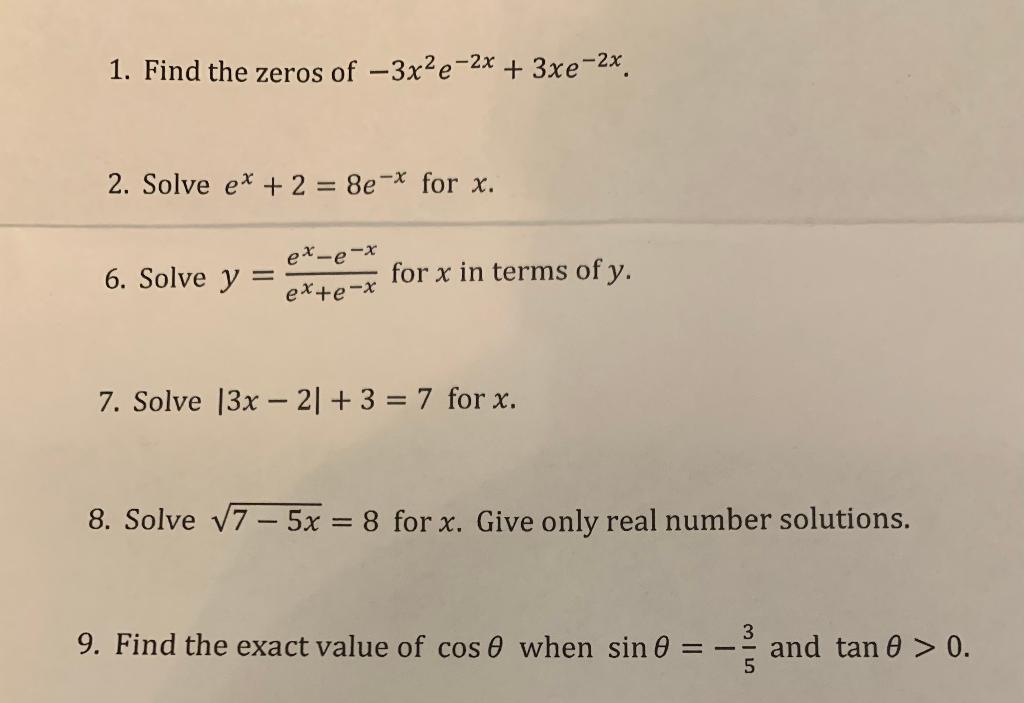



1 Find The Zeros Of 3x2e 2x 3xe 2x 2 Solve Ex Chegg Com




Cosh X Function Is The Average Of E X And E X Hyperbolic Functions Download Scientific Diagram


コメント
コメントを投稿